Neighborhoods in Jerusalem – Musrara
Musrara: A Microcosm of Jerusalem’s Rich History and Cultural Tapestry

Nestled in the heart of Jerusalem, the Musrara neighborhood stands as a testament to the city’s complex history and diverse cultural heritage. Founded in the late 19th century, Musrara has witnessed dramatic transformations that mirror the broader changes in Jerusalem and Israel as a whole.
Originally established by wealthy Arab Christians seeking to escape the crowded confines of the Old City, Musrara was characterized by elegant stone mansions with ornate facades and tiled roofs. These architectural gems still dot the landscape, offering glimpses into the neighborhood’s opulent past.
However, the 1948 War of Independence brought significant changes to Musrara. The conflict resulted in the exodus of the Arab residents, and the neighborhood found itself divided by the Green Line, separating Israeli-controlled West Jerusalem from Jordanian-occupied East Jerusalem. In the aftermath, Musrara became home to Jewish immigrants, primarily from North Africa, who were housed in the abandoned Arab homes.
The post-war years were challenging for Musrara’s new residents. Overcrowding, unemployment, and poverty were rampant. These hardships gave rise to the Israeli Black Panthers movement in the early 1970s, a social protest group formed by young Mizrahi Jews who felt marginalized by the state.
Today, Musrara is experiencing a renaissance. With its prime location near Jerusalem’s city center, the neighborhood has become increasingly desirable, leading to gentrification. Many of the historic homes are being renovated and restored, breathing new life into the area while preserving its unique character.
Musrara has also emerged as a hub for arts and culture. The neighborhood is home to the Naggar Multidisciplinary School of Art and Society, the Eastern Music Center, and various art initiatives that celebrate its diverse heritage. The “Muslala” group, for instance, has developed art routes and a community garden, inviting visitors to explore the neighborhood’s rich tapestry.
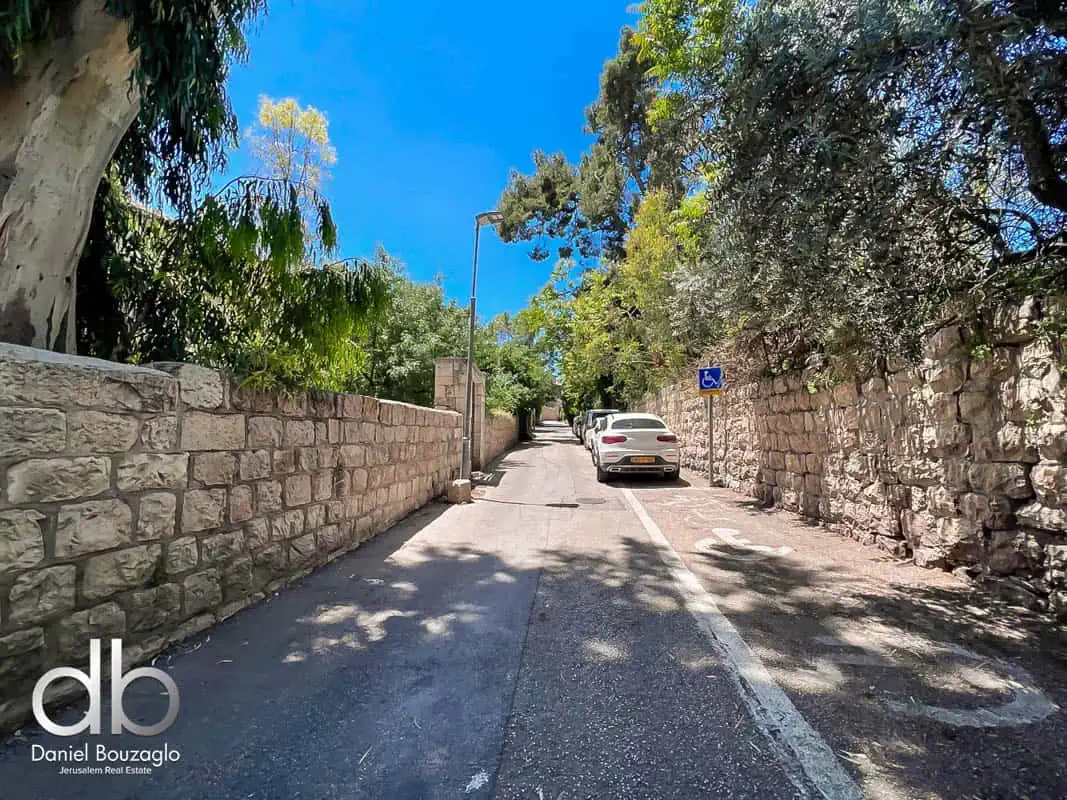
Musrara offers several must-see historical sites:
- The Turjeman House: Built in 1930 by Christian Arab architect Andoni Baramki, this unique mansion later became an IDF military outpost during the 1948 War of Independence. Its transformation from an elegant home to a fortified position reflects the neighborhood’s tumultuous history.
- The Mandelbaum House: Located on the outskirts of Musrara, this three-story building served as the only crossing point between East and West Jerusalem for 19 years following the 1948 war. It remains a visible landmark along what locals call Road No. 1.
- Historic Arab Mansions: The neighborhood features numerous elegant stone mansions built by wealthy Christian Arabs in the late 19th century. These architectural gems showcase decorative entrances, arched terraces, and tall windows, offering a glimpse into Musrara’s opulent past.
- Naggar School of Arts: Housed in a historic building that once belonged to the Bayarti family, this art school now hosts exhibitions and cultural programs, blending the old with the new. Check out upcoming exhibitions here.
- Musrara Music Center: Located in a renovated historic building, this center celebrates the neighborhood’s diverse musical heritage.
With a population of about 4,500, Musrara continues to be a microcosm of Jerusalem’s diversity, bridging gaps between different communities and embodying the city’s potential for unity. As it moves forward, Musrara remains a living testament to Jerusalem’s capacity for renewal and transformation, while honoring its complex past.

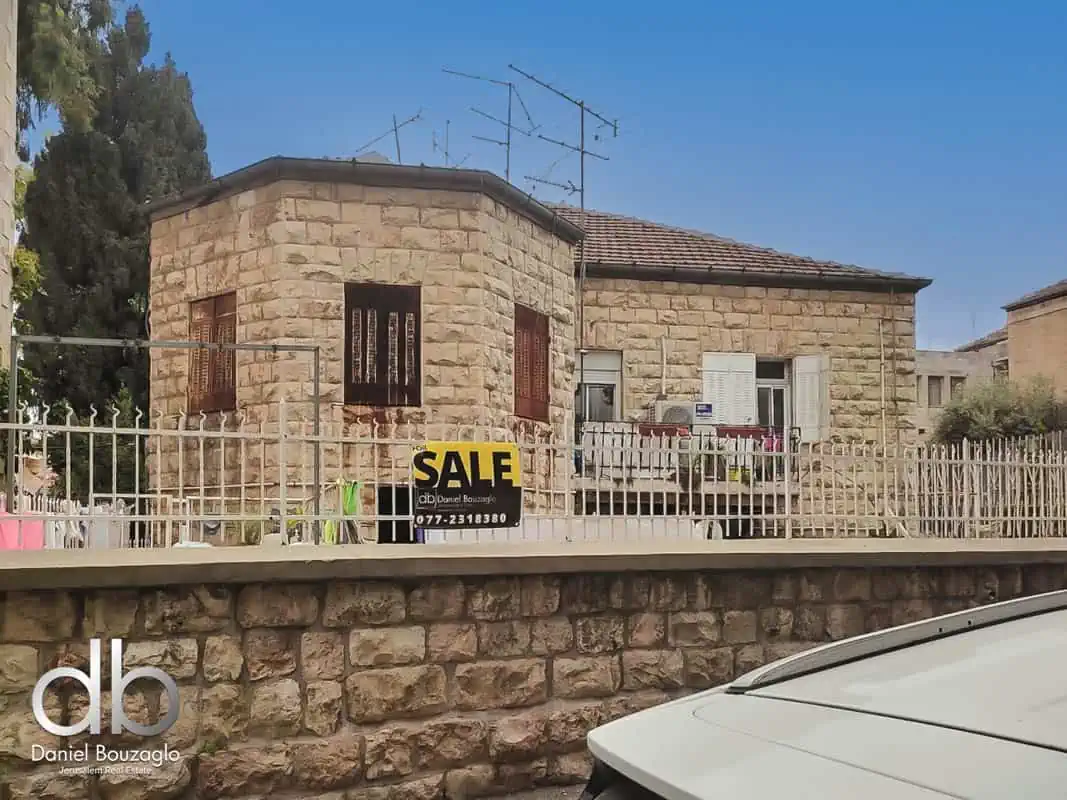

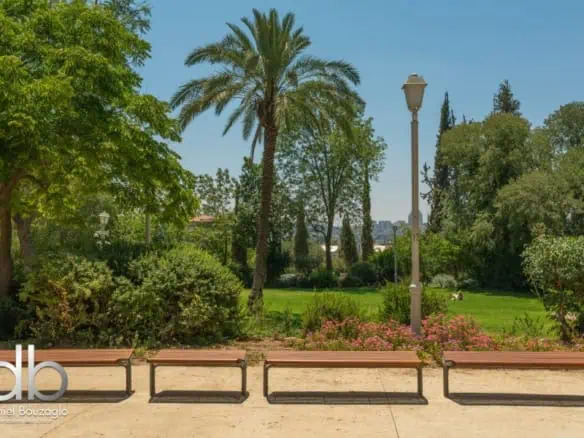
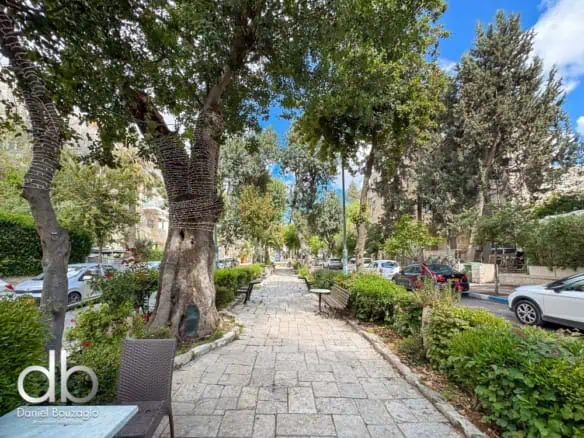
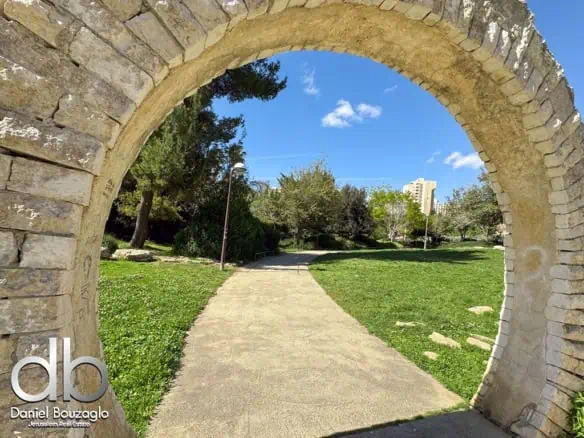
Join The Discussion